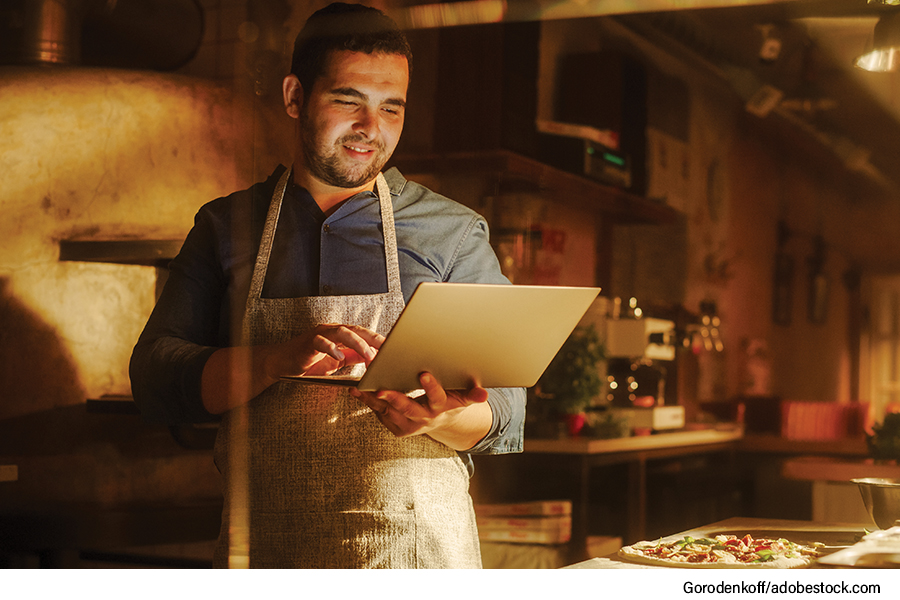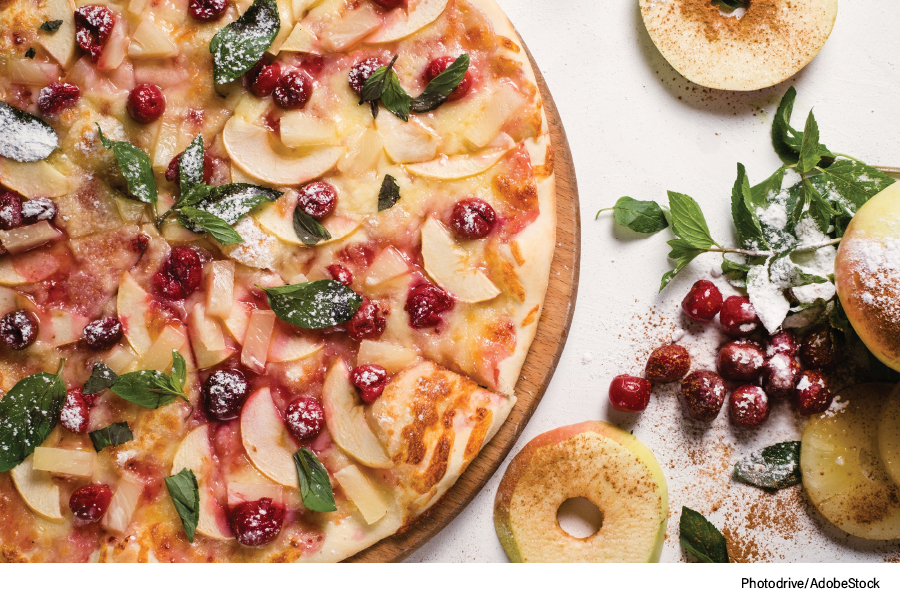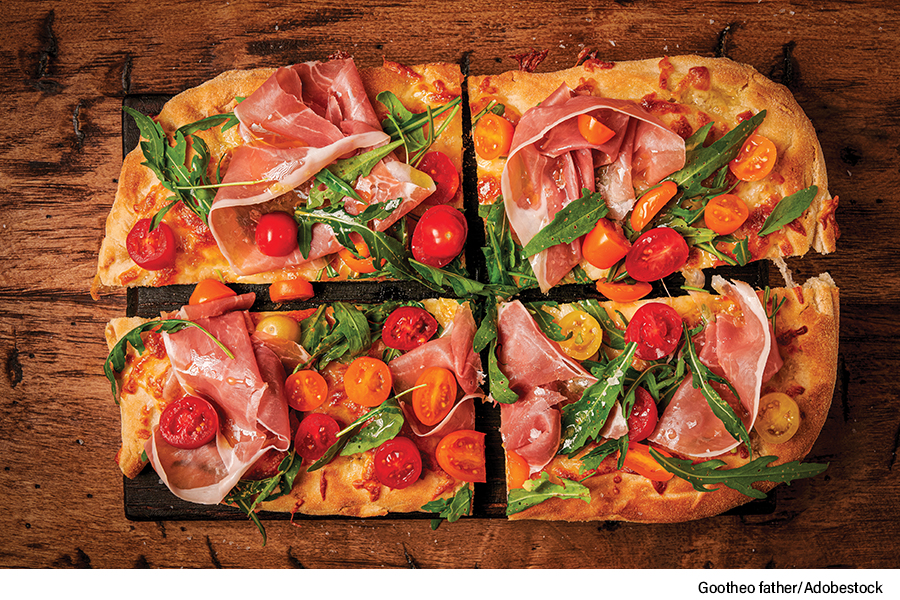The basic 101s of e-mail marketing
E-mail marketing is the cheapest marketing a restaurant can use. It’s also the most effective. Here are the basic 101s of e-mail marketing. To start with, do you send e-mails? If you answered yes, you have separated yourself from around 75 percent of restaurant owners. The next thing is, what e-mails are you sending? There are many approaches to e-mail, but here are the three most common restaurant ones. The first and the most dated one is the newsletter, which has so much information that it overwhelms the reader to the point that they immediately click delete. The next is a middle ground with a story, which only works if you have a very engaging story. I’m all for this if you can add photos and build a narrative that genuinely entices purchase or brand loyalty.

Mike Bausch, owner, Andolini’s Pizzeria
The simplest is what I call the Instagram e-mail. The Instagram e-mail is just a photo and a basic explanation of the one photo, just like you would have on a regular Instagram post, but it’s done via e-mail. A photo of a food item and the description of it with a call to action. Or a photo of a thumbnail of you doing something cool in your community that links to your social or YouTube page. The beauty of this e-mail is that it goes into people’s inboxes, which is the method most of our customers will check more than social media. People are not living and dying by what you e-mail, so make it quick and effective and pass the 1.5-second rule; if it can’t be absorbed in 1.5 seconds, it’s too long.
There is still value in social media if you show up in your customers’ feeds. But a lot of the time, that’s more challenging than it used to be. So, a top-of-mind awareness e-mail sent out from you is completing and checking the box of the basics. If you would post a video or recipe in the Instagram post, you do it by e-mail. If it is just a new menu item, you do it in the e-mail and let simplicity work. SIMPLE WINS ON E-MAIL.
The next level of e-mail marketing is an automated workflow or a drip e-mail campaign. E-mail providers like MailChimp and Constant Contact can send endless amounts of these, and they’re fantastic. When someone signs up for your e-mail list by getting a freebie or potentially because they’ve ordered with you in the past, they are automatically entered into your e-mail campaign, where they now receive a whole campaign of information on autopilot, which is fantastic. Those e-mails should start with who you are and what you’re about, and keep sending with info on your signature items, along with your charitable works and everything about your company vibe.
Even grander than that are e-mails directly connected to your Point of Sale System. Certain POS providers have become so advanced that you don’t need to transfer the e-mail to the e-mail provider from the point of sale. They’re interconnected because they’re one. This is great. Some POS providers can even tell you the total money earned in TRUE ROI from an e-mail campaign, which is better than simply knowing how many total e-mails were opened, which is what classic e-mail companies can do. POS e-mails have better customer reporting when tied to loyalty, while classic e-mail service providers (ESPs) like MailChimp and Constant Contact provide more e-mail bells and whistles.
An e-mail list consistently growing and nurtured with interesting content, offers and infotainment will yield an ROI. It’s mathematically impossible for it not to because of how affordable the e-mails are. Not using e-mail consistently at this point in the game goes beyond naivety and falls into the category of business negligence. If you were forced to choose between deleting all your social media or never sending another e-mail, keeping e-mail would be smarter. It’s smarter because it yields more direct results from your nurtured audience on your terms.
Mike Bausch is the owner of Andolini’s Pizzeria in Tulsa, Oklahoma. Instagram: @mikeybausch









